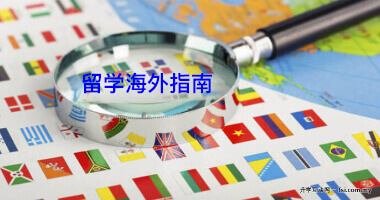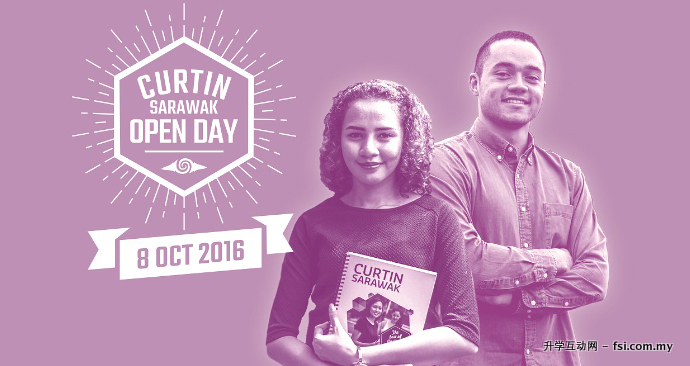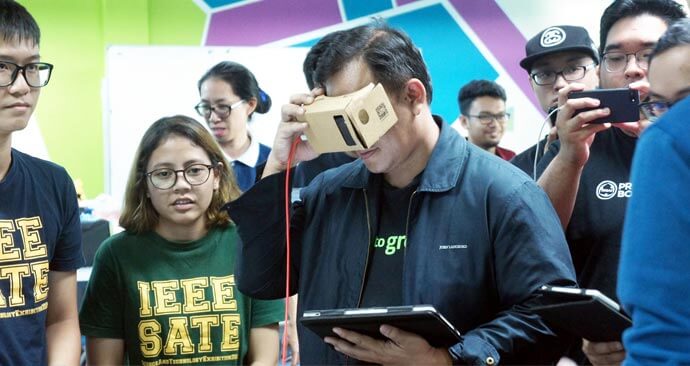Miri – 10 September 2014 – A call to encourage the establishment of volunteer tourism programmes at key sites to help protect Malaysia’s dwindling sea turtle populations has been made by Senior Research Fellow of the Curtin Sarawak Research Institute (CSRI) at Curtin University, Sarawak Malaysia (Curtin Sarawak), Dr. Lisa Marie King.
According to Dr. King, Malaysia is home to four different species of sea turtle, including Hawksbills, Leatherbacks, Green and Olive Ridleys.
“Sea turtles have been swimming in the oceans for millions of years but the species are now considered to be endangered due to poaching activities, beachfront development and accidental by-catch. Many local sea turtle populations will become extinct unless the egg poaching can be stopped,” she said.
Elaborating on the volunteer tourism programmes, Dr. King said it is one economically viable way to help ensure Malaysia will always have sea turtles. It involves international volunteers who pay for the opportunity to monitor turtle nesting activities, prevent poaching, transfer eggs to hatcheries, release new born baby turtles and conduct community sea turtle education programmes.
“Such programmes are a good income source for local communities during the nesting season. In fact, communities around the world often turn from being egg poachers into sea turtle nest protectors once they realise the benefits gained from volunteer tourism,” remarked Dr. King.
She added that it is a win-win situation for many. Government agencies get the assistance they desperately need to monitor sea turtle nesting activities at key sites across Malaysia, communities benefit economically and receive more education about sea turtle conservation, and most importantly, turtle egg poaching is significantly reduced.
Dr. King recently visited Satang Besar in Sarawak to observe how sea turtle ecotourism is conducted in this part of Borneo. During her visit, she observed four large mother sea turtles coming ashore one evening and laying over 400 eggs. All the eggs were carefully collected under the supervision of park rangers and placed in the local hatchery area.
She commented that sea turtles lay a lot of eggs for a reason. Only a few survive into adulthood to return to the very same beach they were born on to lay eggs when they are old enough. The vast majority of young turtles die shortly after they are born.
“Therefore, every little Malaysian sea turtle is precious to our sea turtle populations,” stated Dr. King.
Dr. King also travelled with World Wide Fund for Nature – Malaysia (WWF-Malaysia) to Melaka to view a few of the state’s sea turtle nesting sites.
For more information on the CSRI, visit its website at www.csri.curtin.edu.my or call +60 85 443 939. Dr. King can be contacted at +60 85 445 039 or by email to lisa.m.king@curtin.edu.my.













